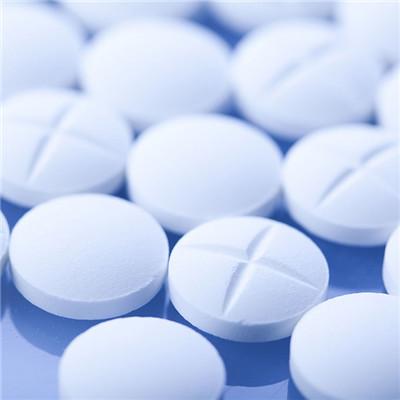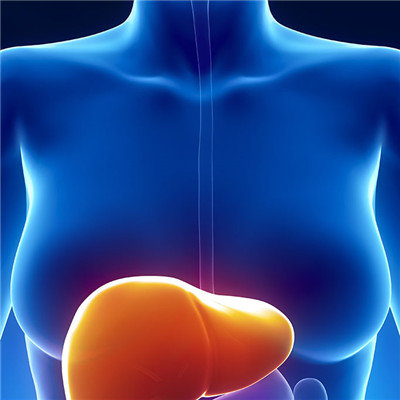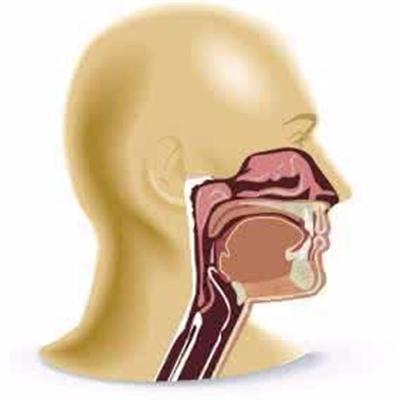What are the symptoms of traumatic hemothorax?
summary
Traumatic hemothorax is a common complication of chest injury. Penetrating or non penetrating injuries of the chest can cause damage to the chest wall and any organ in the chest. If communicating with the pleural cavity, blood accumulates in the pleural cavity, which is called hemothorax. What are the symptoms of traumatic hemothorax.
What are the symptoms of traumatic hemothorax?
The clinical manifestation depends on the severity, blood volume and speed of chest injury. In patients with chest penetrating injury, blood can be seen gushing from the wound with respiratory movement. A small amount of hemothorax, the patient may not have obvious symptoms and signs. In addition to hemorrhagic shock, with the increase of hemothorax in pleural cavity, intrathoracic pressure increased, resulting in compression and collapse of the affected lung, displacement of mediastinum and dyspnea. The examination showed that the respiratory movement of the injured side was obviously weakened, the intercostal space was full, the chest percussion voiced, the trachea and mediastinum shifted to the healthy side, and the respiratory sound was obviously weakened or disappeared. A large amount of blood will quickly enter the state of shock, patients are often not rescued and die.
For chest penetrating injury, anaerobic bacteria or spore like bacteria infection may occur due to foreign body retention or unclean sharp instruments in the chest. Severe toxic symptoms such as high fever, chills and chest pain may occur. If inflammation is limited, local encapsulated empyema may occur.
The possibility of hemothorax should be considered first in patients with shock after chest injury. More than 25% of patients with hemothorax have shock. A small amount of hemothorax, patients need X-ray or B-ultrasound examination before diagnosis. The diagnosis can be made by drawing the non coagulated blood through thoracentesis. In order to determine the degree of bleeding and exclude other complications, the patients in critical condition should be treated immediately with anti shock therapy and closed thoracic drainage tube.
matters needing attention
Finally, we should develop good living habits and eating habits. We should have a balanced diet, eat more vegetables and fruits, supplement vitamin C, drink more warm water and discharge some toxins from the body.












